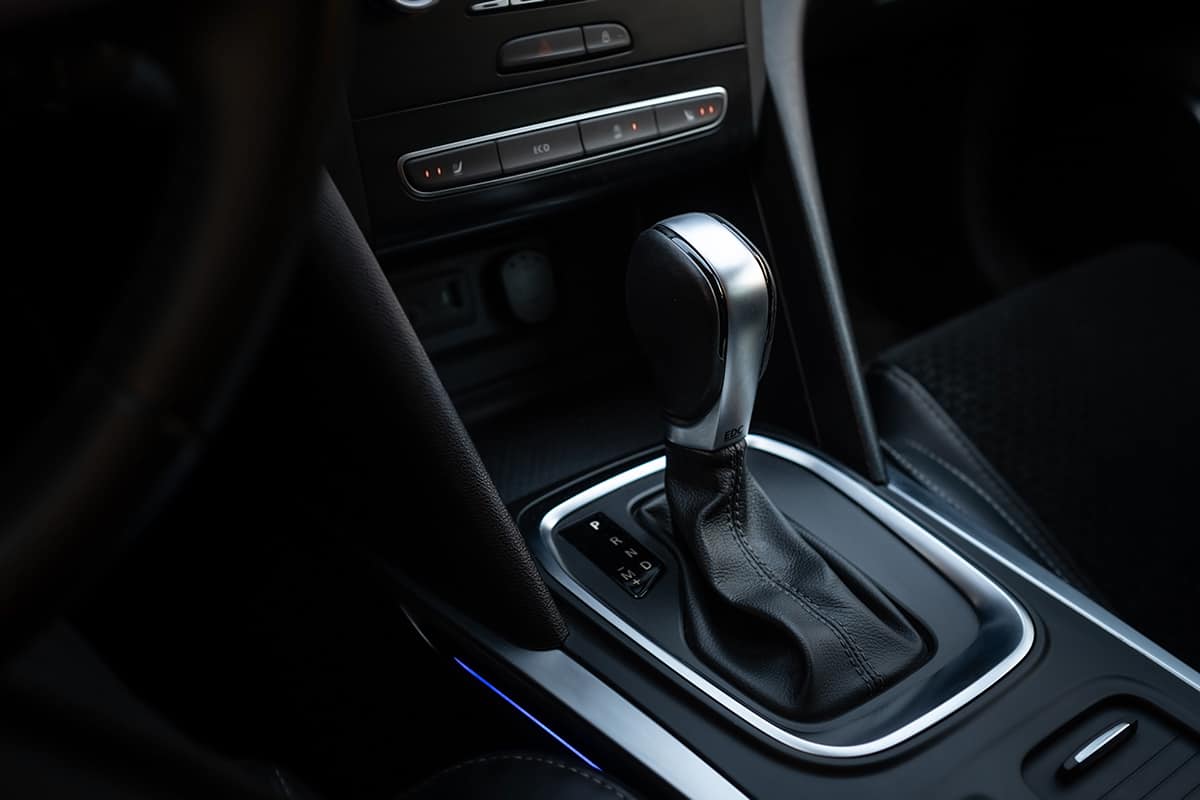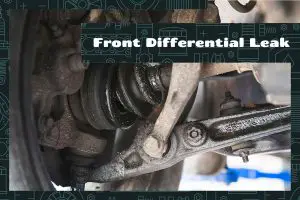Automatic transmissions are a common feature in cars, allowing for smooth and convenient shifting between gears. However, you may notice your vehicle’s engine revving at high RPMs before shifting gears, which can be concerning.
If your automatic transmission reaches a high RPM before shifting gears, it might be a sign of one of the following:
- Inherent transmission faults
- Transmission fluid issues
- Transmission wear and tear
- Malfunctioning sensors and solenoids
- Incorrect adjustments and modifications
In this guide, we’ll explore the concept of high RPM before shifting in automatic transmissions and provide insights into how you can diagnose and resolve this issue.
How Automatic Transmissions Work
First, let’s understand how automatic transmissions work. When you accelerate, your car’s engine creates power. The transmission converts this power into the right gear ratio, which determines the speed and torque of your wheels. As you speed up, the transmission shifts gears to provide optimal performance and fuel efficiency.
The torque converter is a crucial component of an automatic transmission. It connects the engine to the transmission and allows the car to remain stationary while the engine is running. When you accelerate, the torque converter transfers power from the engine to the transmission, enabling the vehicle to move.
Types of Automatic Transmissions
There are three main types of automatic transmissions: traditional automatic transmissions, continuously variable transmissions (CVT), and dual-clutch transmissions (DCT).
1. Traditional automatic transmissions
Traditional automatic transmissions use a series of gears and a hydraulic system to transfer power from the engine to the wheels.
2. Continuously variable transmissions (CVT)
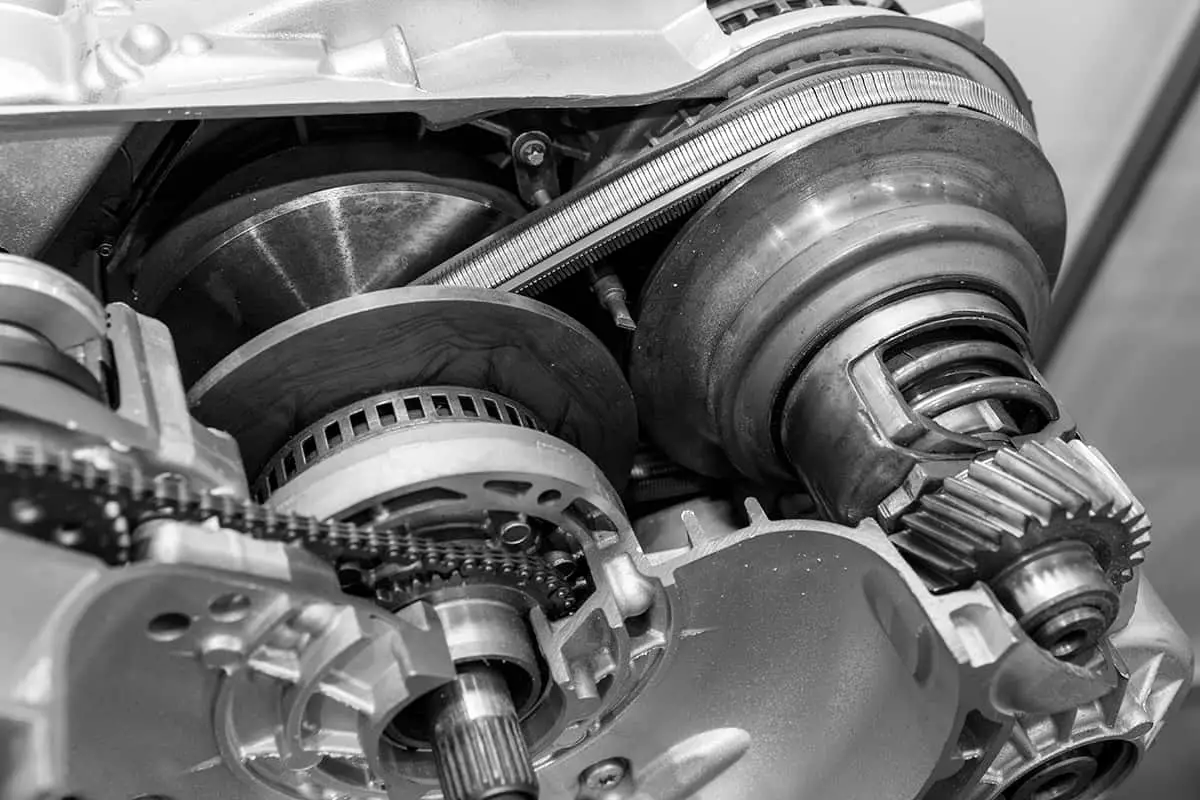
CVTs, on the other hand, use a belt or chain and a pulley system to create a continuous range of gear ratios. This allows for smoother acceleration and better fuel efficiency.
3. Dual-clutch transmissions (DCT)
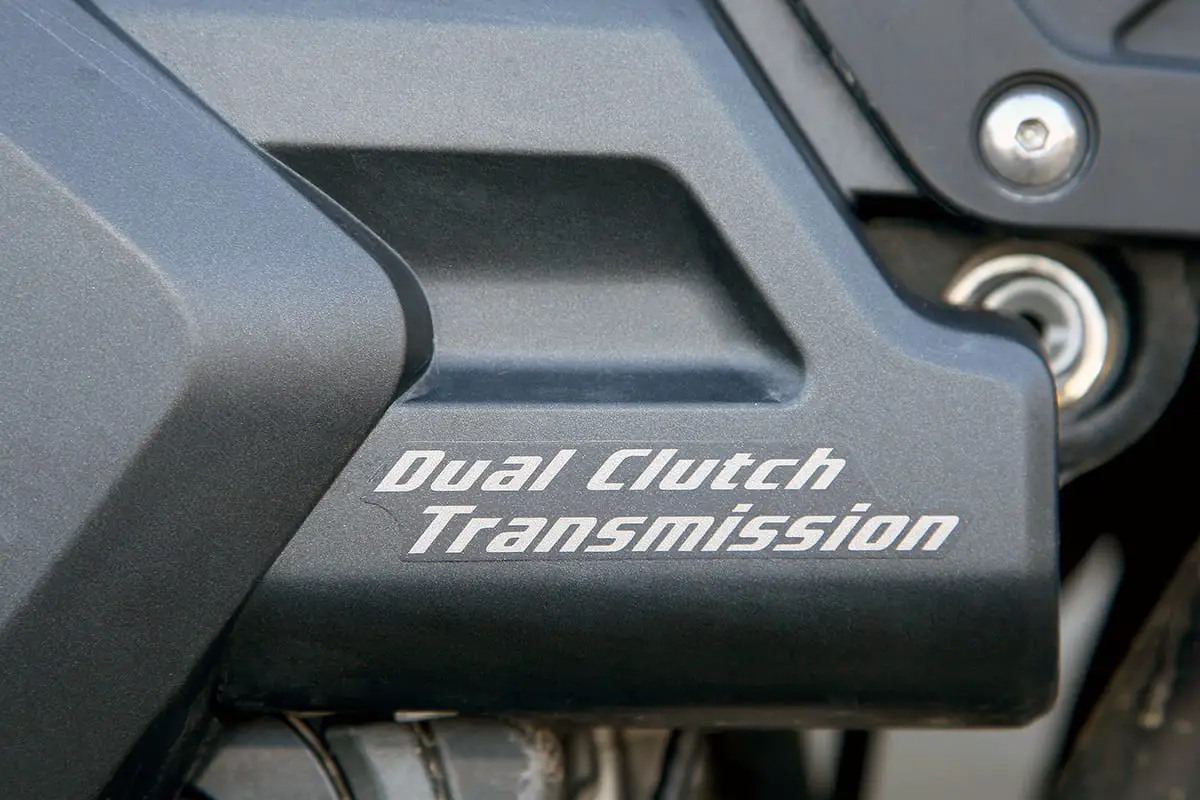
DCTs use two separate clutches for even and odd gears, allowing for quicker shifts and better performance.
What is RPM?
Revolutions per minute, or RPM, is a measure of how fast the engine’s crankshaft is spinning. It is an essential parameter in understanding your vehicle’s performance, particularly in relation to the transmission. The RPM gauge, found on your vehicle’s dashboard, provides real-time information about the engine’s speed.
The optimal RPM range for shifting gears in an automatic transmission depends on factors such as the vehicle type, engine size, and transmission design. Typically, most vehicles shift gears efficiently between 1,500 and 3,000 RPM. This range provides a balance between performance and fuel efficiency, ensuring that the engine operates within its power band.
Understanding the importance of RPM in an automatic transmission is crucial for maintaining your vehicle’s performance and preventing excessive wear on the engine and transmission components. Running the engine at too high or too low RPM can cause issues like decreased fuel efficiency, sluggish acceleration, and increased engine wear.
By monitoring the RPM gauge and being aware of the optimal RPM range for your vehicle, you can improve your driving habits and extend the life of your engine and transmission.
Impact of High RPM on Vehicle Performance
High RPM before shifting can have a noticeable impact on your vehicle’s performance. The most significant effects involve fuel consumption, acceleration, and wear and tear on engine components.
1. Fuel consumption and efficiency
When your vehicle experiences high RPM before shifting, it can lead to increased fuel consumption. This is because the engine has to work harder and rev higher before changing gears, resulting in less efficient operation. As a result, you may notice a decrease in your vehicle’s miles per gallon (MPG) and an increase in fuel costs.
2. Acceleration and power
Acceleration and power can also be affected by high RPM before shifting. If your transmission is struggling to shift gears at the right time, your vehicle’s acceleration may become sluggish or unresponsive. This can be particularly noticeable when trying to merge onto highways or during other instances when quick acceleration is needed.
3. Wear and tear on engine components
Finally, high RPM before shifting can cause increased wear and tear on your engine components. When the engine is consistently running at high RPM, it creates more heat and stress on parts like the pistons, crankshaft, and valves. Over time, this can lead to premature wear, reduced performance, and the potential for costly repairs.
Causes of High RPM Before Shifting
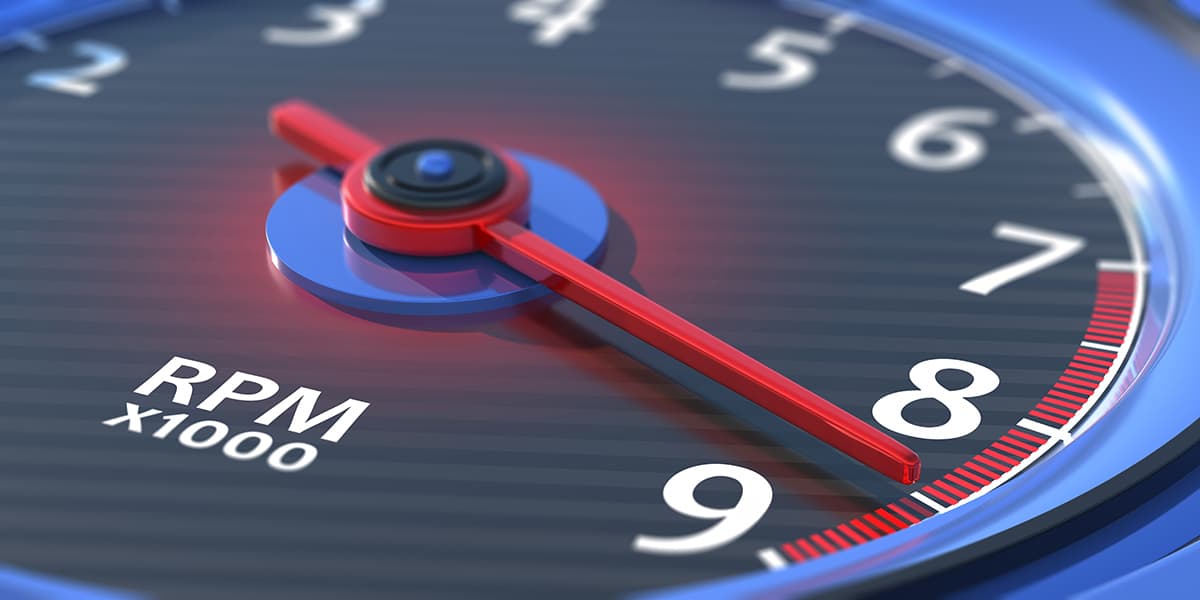
There are several reasons why your car’s automatic transmission might experience high RPM before shifting. Some of these include inherent transmission characteristics, transmission fluid issues, wear and tear, malfunctioning sensors and solenoids, and incorrect adjustments or modifications.
1. Inherent transmission problems
Inherent transmission characteristics refer to the design of the transmission itself. Some vehicles naturally have higher RPMs before shifting to achieve better performance. However, if you notice a sudden change in RPM behavior, it could be due to other factors.
2. Transmission fluid issues
Transmission fluid plays a vital role in the proper functioning of your transmission. Low transmission fluid can cause high RPM before shifting, as the transmission might struggle to generate enough hydraulic pressure for smooth gear changes. Dirty or old fluid can also cause similar issues, as contaminants can interfere with the hydraulic system.
3. Transmission wear and tear
Wear and tear in the transmission can lead to high RPM before shifting. Over time, components like clutches, bands, and gears can wear down, causing the transmission to struggle with shifting.
4. Malfunctioning sensors and solenoids
Malfunctioning sensors and solenoids can also cause high RPM before shifting. These electronic components control various aspects of your transmission, and if they fail, it can lead to improper shifting.
5. Incorrect adjustments or modifications
Incorrect adjustments or modifications can cause high RPM before shifting as well. For example, if you have recently made changes to your vehicle’s performance settings, it could affect the transmission’s behavior.
Solutions for High RPM before Shifting
There are several ways to address high RPM before shifting in automatic transmissions. Some solutions include transmission fluid maintenance, transmission repairs, and rebuilding or replacing the transmission.
1. Transmission fluid maintenance
Maintaining your transmission fluid is essential for the proper functioning of your transmission. Regularly checking and topping up fluid levels can help prevent high RPM before shifting. Additionally, it’s crucial to replace and flush your transmission fluid at the recommended intervals to ensure it remains clean and effective.
2. Transmission repairs
Transmission repairs can also help with high RPM before shifting. This may involve replacing malfunctioning sensors and solenoids, adjusting or replacing clutches, and fixing other worn or damaged components.
3. Rebuilding or replacing the transmission
In some cases, rebuilding or replacing the transmission may be necessary. This is often the case when wear and tear have significantly impacted the transmission’s performance or when multiple components need replacement.
FAQs
1. What is a safe RPM range for an automatic transmission?
A safe RPM range for an automatic transmission varies depending on the vehicle’s make and model. Generally, most vehicles operate efficiently between 1,500 and 3,000 RPM. However, it’s essential to consult your owner’s manual for the manufacturer’s recommended RPM range to ensure optimal performance and avoid undue stress on the engine and transmission.
2. How often should I check and change my transmission fluid?
It’s a good practice to check your transmission fluid level every 3,000 miles or during regular oil changes. As for changing the fluid, consult your vehicle’s owner’s manual for the recommended interval, as it can vary between 30,000 and 100,000 miles depending on the make and model. Keeping up with regular transmission fluid maintenance helps ensure smooth gear shifts and prolongs the life of your transmission.
3. What is the optimal RPM range for shifting gears?
The optimal RPM range for shifting gears in an automatic transmission depends on factors such as the vehicle type, engine size, and transmission design. Typically, most vehicles shift gears efficiently between 2,000 and 2,500 RPM. This range provides a balance between performance and fuel efficiency.
